I'd like to share my experience of this affair with the community...
The idea was to display an oblique "LITE" rubber on the top-left corner of the main screen of my app.
Rod Algonquin's answer was fine. However, it did not completely solve my problem, because I had to adapt the picture's dimensions to the screen height...AND to the screen orientation. Nightmare. Even with a relative layout, it was nearly impossible, because the hidden parts of the image were never correctly aligned.
So I had to work differently: The picture had to be moved left and top, by 20%. How to do that?
- In the layout.xml file :
Insert the ImageView inside a RelativeLayout
Give the relative layout an ID
Configure the ImageView to make it fit its container RelativeLayout's width and height (layout_width="wrap_content" and layout_height="wrap_content")
<RelativeLayout
android:id="@+id/accueil_litebannerlayout"
android:layout_width="fill_parent"
android:layout_height="fill_parent">
<ImageView
android:id="@+id/accueil_litebanner"
android:layout_width="wrap_content"
android:layout_height="wrap_content"
android:scaleType="fitXY"
android:src="@drawable/lite_banner" />
</RelativeLayout>
In your activity.java class file :
//get screen dimensions
Display display = getWindowManager().getDefaultDisplay();
Point size = new Point();
display.getSize(size);
int ScreenWidth = size.x;
int ScreenHeight = size.y;
//set the desired height of the rubber, based on screen's height
int myLayoutWidthAndHeight=ScreenHeight/4;
//get rubber PNG image dimensions
BitmapFactory.Options options = new BitmapFactory.Options();
options.inJustDecodeBounds=true;
BitmapFactory.decodeResource(getResources(),
R.drawable.lite_banner,options);
int imageHeight = options.outHeight;
int imageWidth = options.outWidth;
//redux_factor has to be calculated, because if the image is reduced, then the translation has to be adapted
double redux_factor=1;
if (myLayoutWidthAndHeight<imageWidth) {
redux_factor=(double)myLayoutWidthAndHeight/imageWidth;
}
//determine by how many pixels left and top (same) the image will have to be translated
double translation_percents=.22;
double myCroppedMargin_double=imageWidth*translation_percents*redux_factor;
int myCroppedMargin=(int) Math.round(myCroppedMargin_double);
//get the image layout
RelativeLayout litebannerlayout=(RelativeLayout) this.findViewById(R.id.accueil_litebannerlayout);
//change its parameters (width, height, leftMargin, topMargin)
RelativeLayout.LayoutParams params=new RelativeLayout.LayoutParams(myLayoutWidthAndHeight,myLayoutWidthAndHeight);
params.setMargins(-myCroppedMargin, -myCroppedMargin, 0,0);
litebannerlayout.setLayoutParams(params);
Arghhh. It works...
You can use this sample code to move an imageView out of the screen, either based on a percentage, or a pixel count. This code can also be adapted to put the rubber/banner in the topright, bottomleft, bottomright corners.
OK, let's move on to something else...

